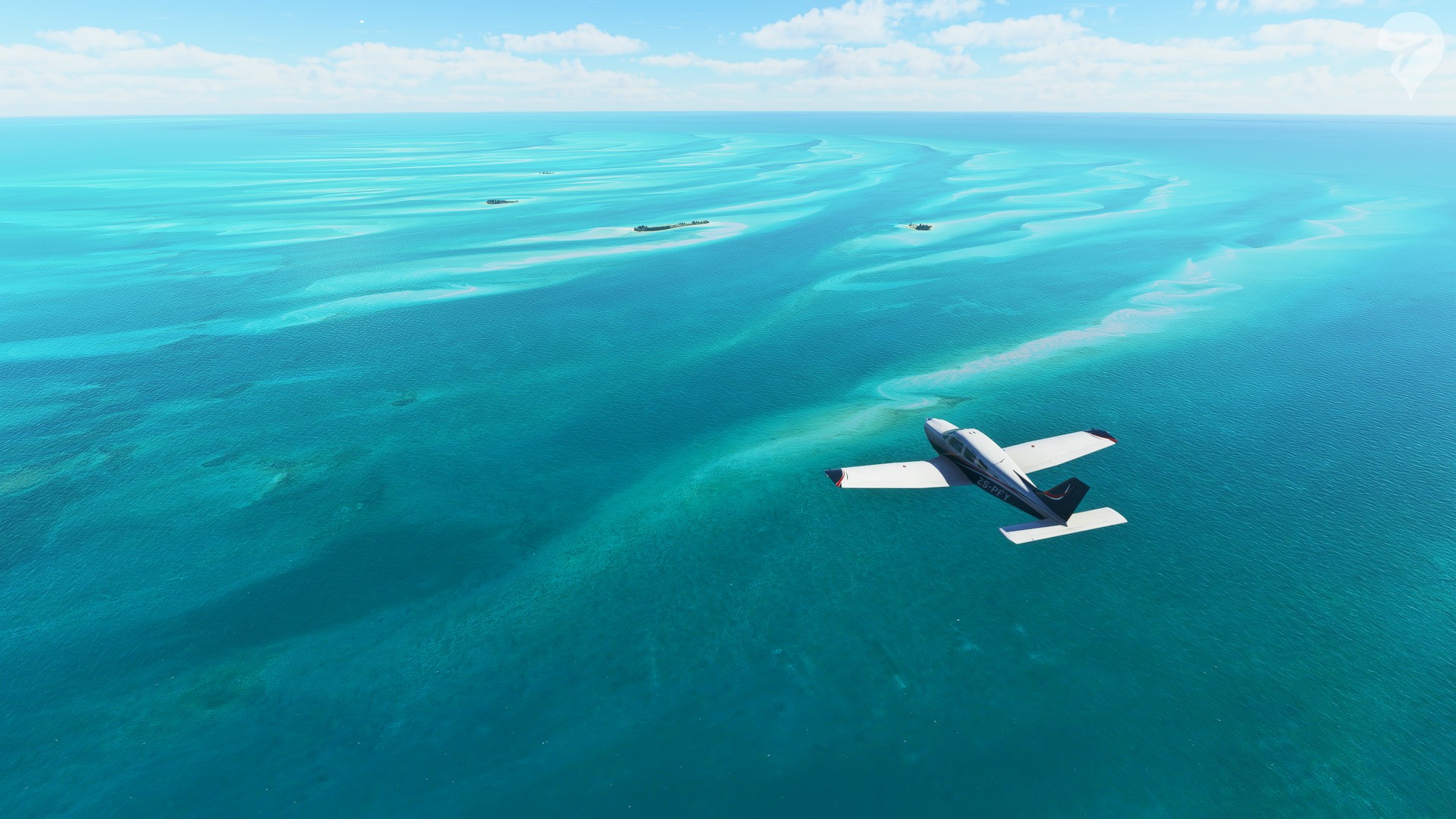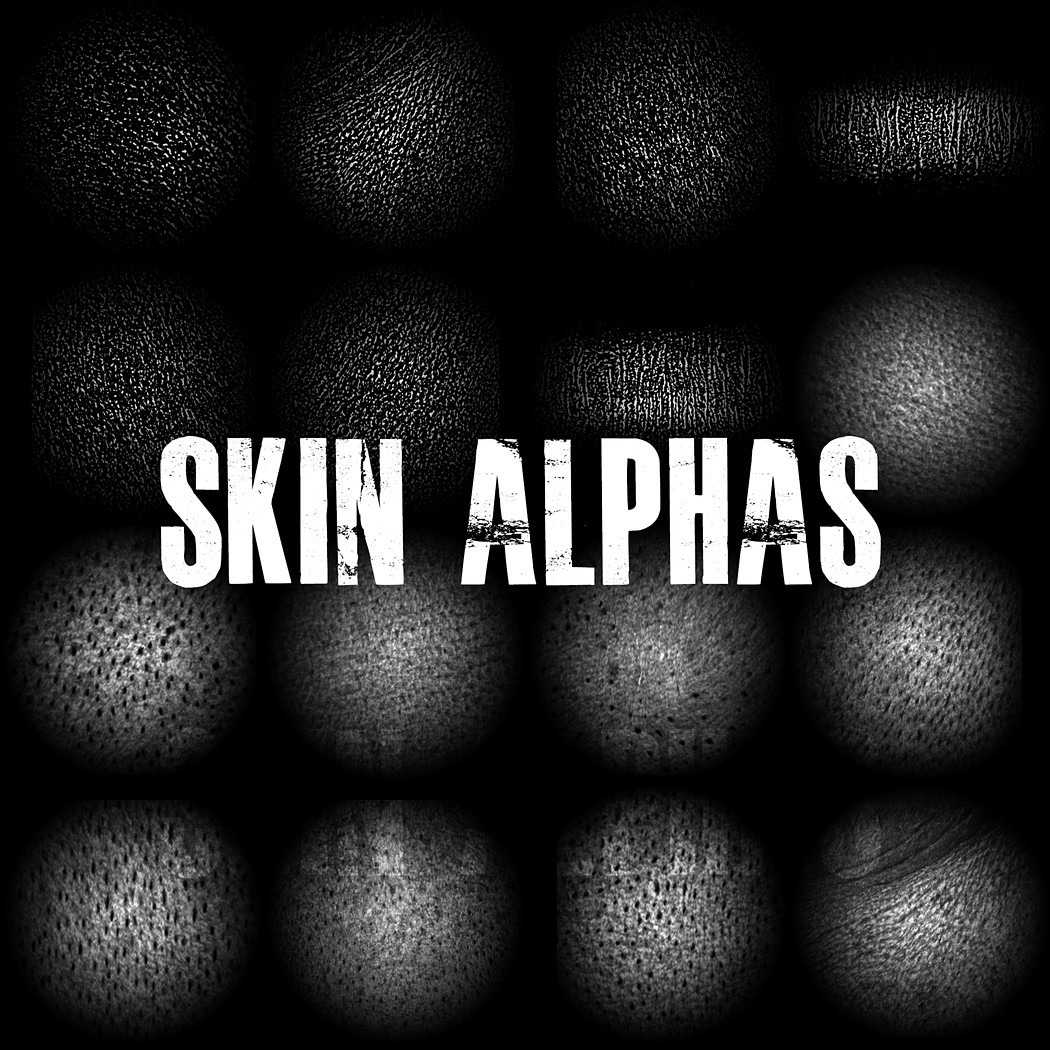


The method that is described below, overcomes these difficulties by allowing ZBrush to automatically distort( apply projection ) the texture to fit the object’s geometry and by utilizing 3D-based blending it produces seamless 3D textured object. When applying this texture to the 3D object, the star shape is distorted and is no longer of the same dimensions as it was originally drawn. The image below shows a star, which has been added to a texture. Further more, a texture that needs to be modified by adding new details would have to be modified in such way that the added details would look undistorted when applied to a 3D object. This problem is difficult to overcome because it requires the texture to be properly distorted in order for it to be viewed un-distorted on a 3D object. Seamless textures: Most images that are used/available for texturing are not seamless and if simply applied to a 3D object will produce a visible seem.ģD Distortions: When a texture is applied to a 3D object, it will be distorted based on the geometry (and UV coordinates) of the 3D object.


In order to better understand the functionality of the 3DCopy, I will point out some items that would have been difficult to overcome without this functionality… ZBrush has a 3DCopy function, which is designed to make the texturing process a fun and easy to execute. This method can easily produces very good results. One common method of applying a realistic texture to a 3D object involves the use of a pre-existing photograph of a real-world object. This tutorial will explain one of these methods. In ZBrush, There are varieties of methods, which will allow you to apply texture to a 3D object.


 0 kommentar(er)
0 kommentar(er)
